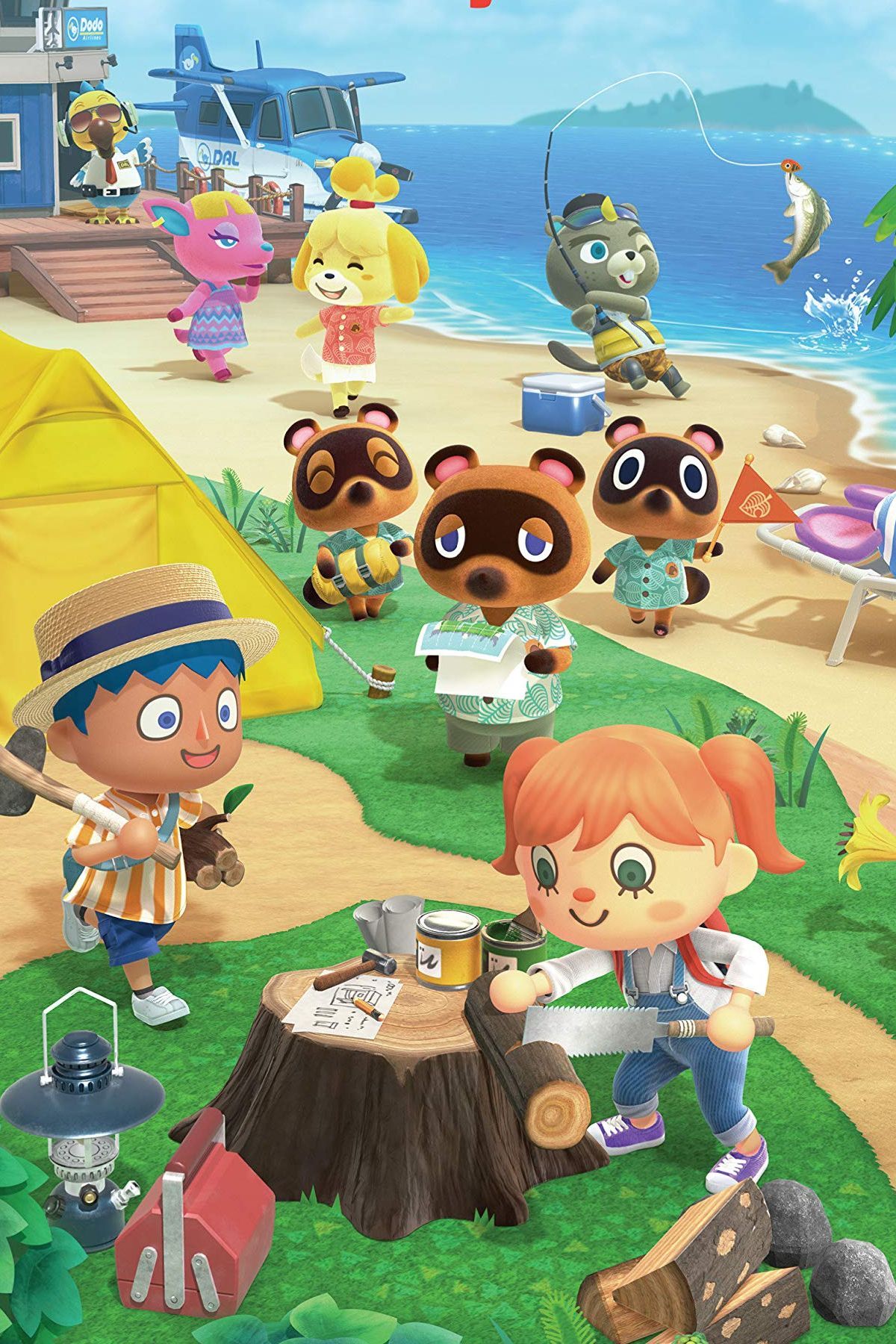Summary
- Rushing initial map selection can lead to long-term frustration in
Animal Crossing
, impacting gameplay layout and design. - Hasty choices about naming the island may result in permanent regret, so take time to choose a name that is genuinely liked.
- Placing Town Hall is critical as its fixed location can disrupt island design, accessibility, and in-game activities.
Playing Animal Crossing: New Horizons is all about creating a dream island, making friends with adorable villagers, and enjoying the peaceful life of fishing, bug-catching, and crafting. However, even in this peaceful environment, some surprisescan turn a perfect island getaway into a frustrating experience. Understanding these common mistakes can help avoid unnecessary setbacks and maximize time in the game.
From neglecting crucial island maintenance to making poor financial decisions, players often make errors that delay their progress and reduce their enjoyment. Whether seasoned players or new to Animal Crossing, knowing these mistakes can save time and resources.
Related
10 Things That Make No Sense In Animal Crossing: New Horizons
Animal Crossing: New Horizons delights players, but its odd mechanics and in-game logic can puzzle even dedicated fans. Explore the top 10 mysteries.
10 Rushing The Initial Map Selection
A Poor Choice Can Lead To Long-Term Frustration
When starting Animal Crossing: New Horizons, one of the most vital decisions is choosing the map for the island. This initial choice significantly impacts the gameplay experience as the layout of rivers, cliffs, and available space for development determines how the island paradise can be arranged. Rushing this decision can lead to long-term frustration because the natural landscape may impose limitations that can’t be easily changed without extensive terraforming later on.
Terraforming can be helpful, but it’s time-consuming and tedious. Modifying the terrain to better suit needs can be overwhelming, especially if it becomes apparent too late that the initial map selection doesn’t match the vision for the island. Therefore, it is crucial to take time and carefully consider the different map options presented at the beginning. Look for a layout that offers a balance of open space and natural beauty, ensuring the flexibility to create a dream island without unnecessary hassle.
9 Naming Your Island Hastily
A Random Or Disliked Name Is A Permanent Regret
When naming an island in Animal Crossing: New Horizons, resisting hasty decisions in the heat of excitement is crucial. Unlike many aspects of the game, the island’s name is permanent and cannot be changed once it’s set. Therefore, choosing a random or poorly thought-out name can lead to long-term frustration and discontent.
It’s important to choose a name that is genuinely liked, and that the player feels connected to, as it is essential for long-term enjoyment of the game. Take the time to consider options and think about names that hold personal significance or capture the essence of the island vision. Remember, this is a place visited daily, interacting with friends, and sharing with the world. A well-chosen name can enhance attachment to the island and make the experience in Animal Crossing: New Horizons even more special.
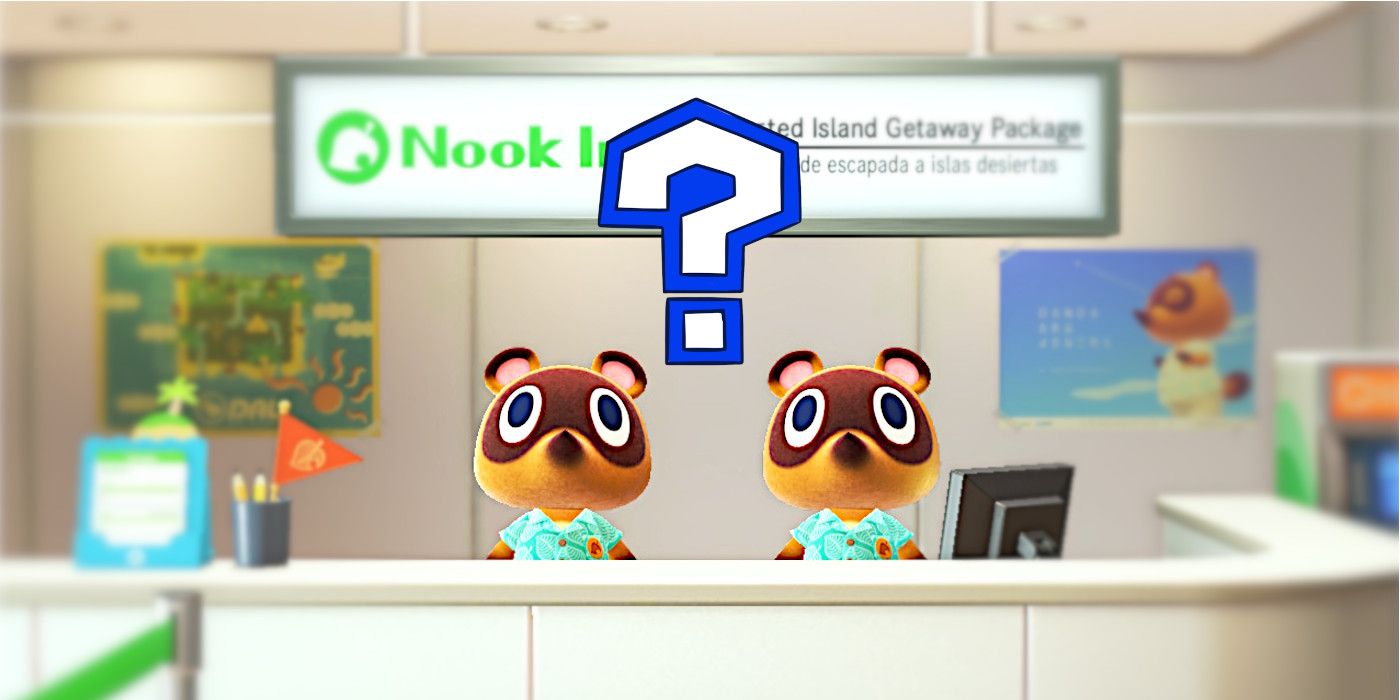
Related
Animal Crossing: New Horizons – Goofiest Names To Call Your Island
Animal Crossing: New Horizons players can express their creativity with island names, and some of the best names are the most humorous.
8 Misplacing The Town Hall
A Fixed Location Can Disrupt Your Island’s Design And Accessibility
Placing the Town Hall in Animal Crossing: New Horizons is a critical decision that will impact the island’s layout and functionality. Unlike other buildings and structures, the Town Hall cannot be relocated once it’s been placed, making its initial placement crucial. An inconveniently placed Town Hall could obstruct planned decorations, pathways, and overall island design. Additionally, if it’s difficult to access, it can become a constant annoyance as it is a central hub for various in-game activities.
To avoid these issues, take the time to carefully consider the best location for the Town Hall. Think about how it will fit into the long-term vision of the island. Ideally, it should be centrally located for easy access but also situated in a way that harmonizes with the desired aesthetic and functional layout. Proper planning at the start can save future headaches and ensure that the island remains both beautiful and practical.
7 Randomly Placing Your First Neighbors’ Houses
Hasty Decisions Can Hinder Your Island’s Long-Term Design
Remember that placing the first three villagers’ houses in Animal Crossing: New Horizons is crucial, as they can’t be relocated for a while. If their locations are not planned carefully, it could limit the island’s design and disrupt the overall vision of the island’s appearance.
To avoid potential issues, it’s vital to strategically plan when choosing the locations for these houses. Consider long-term goals for the island, such as where communal areas, gardens, and other features will be. By strategically placing these houses from the beginning, time and effort can be saved later on. This will allow the island to develop according to the desired design without needing significant adjustments.
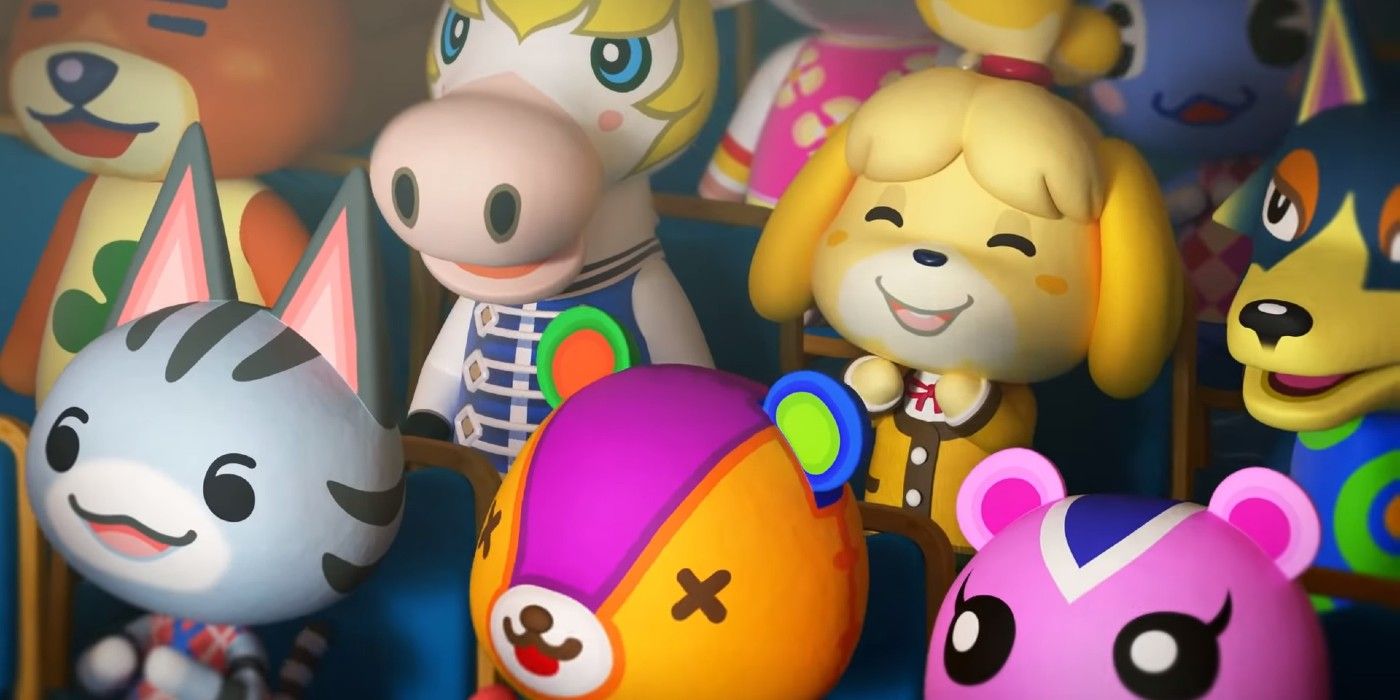
Related
How To Get Rid Of Villagers You Don’t Like In Animal Crossing New Horizons
Getting rid of villagers in Animal Crossing: New Horizons is especially tricky. Here are some tips and tricks to get rid of those horrible villagers.
6 Over-Planting Flowers
Uncontrolled Growth Can Lead To A Messy And Unmanageable Island
Planting flowers in Animal Crossing: New Horizons adds beauty and charm to an island. However, over-planting without proper planning can lead to rapid spread, especially after it rains, turning a carefully curated garden into an uncontrollable floral jungle. This can make navigating the island difficult and interfere with other design plans.
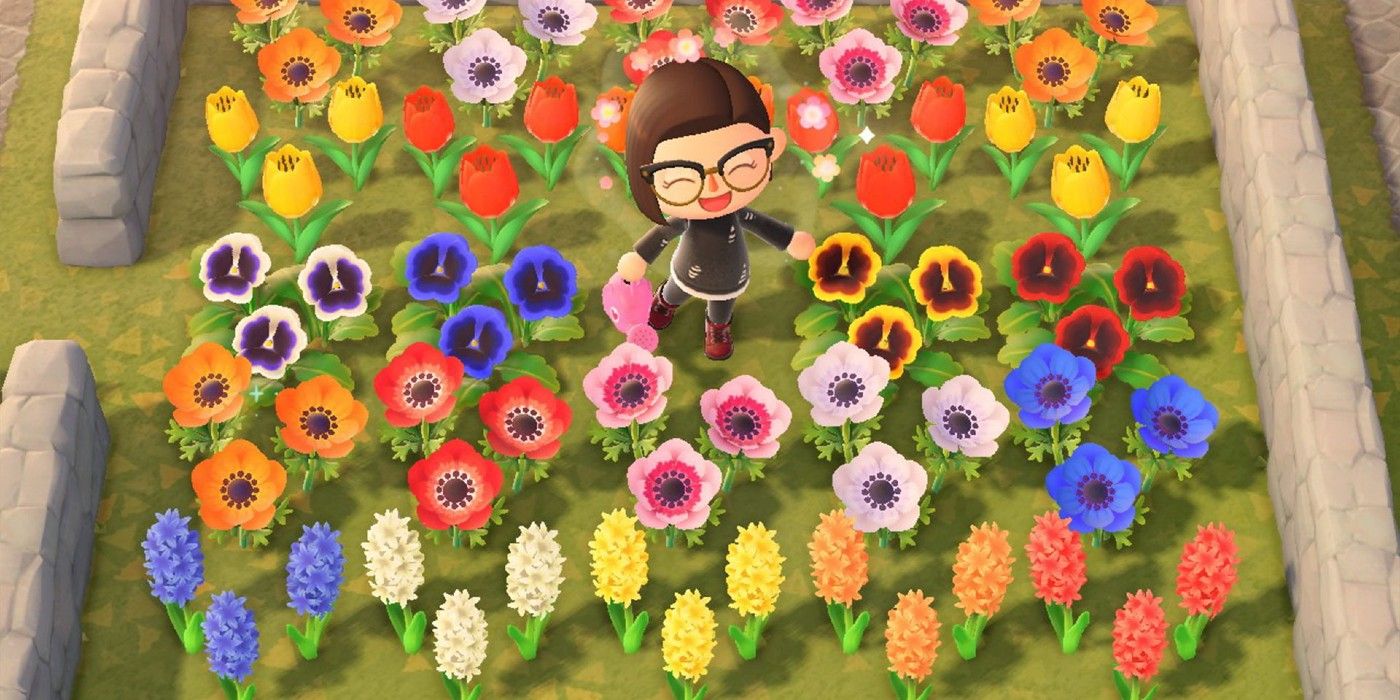
Related
Animal Crossing: Every Flower Type & How To Get Them
Animal Crossing: New Horizons flower breeding techniques can be complex, and require players to spend a good deal of time growing different types.
It’s important to handle flowers carefully to prevent overgrowth. Fences or specific garden areas can be used to control their growth. Regularly checking the island after it rains helps manage any unexpected spread. While flowers are essential for the island’s appearance and can improve its rating, keeping them under control ensures that they enhance rather than detract from the overall design.
5 Chopping Down All Trees
Losing Design Points & Seasonal Insect Opportunities
In Animal Crossing: New Horizons, trees are essential for an island’s overall appearance and function. Although clearing large areas by chopping down trees might be tempting, it can have significant downsides. Trees enhance the island’s natural beauty and increase its rating, which is crucial for attracting new villagers and earning rewards. They also provide vital resources such as wood and fruit and serve as habitats for various seasonal insects.
Strategically managing the tree population is crucial for maintaining a balanced and functional island. Removing all the trees can lead to a less appealing landscape and make catching specific bugs that inhabit or surround trees challenging. Preserving a generous number of trees ensures a steady resource supply and upholds the island’s charm. Enhancing the island’s design involves maintaining a thoughtful mix of tree types and focusing on seasonal insect opportunities to boost the overall island rating.
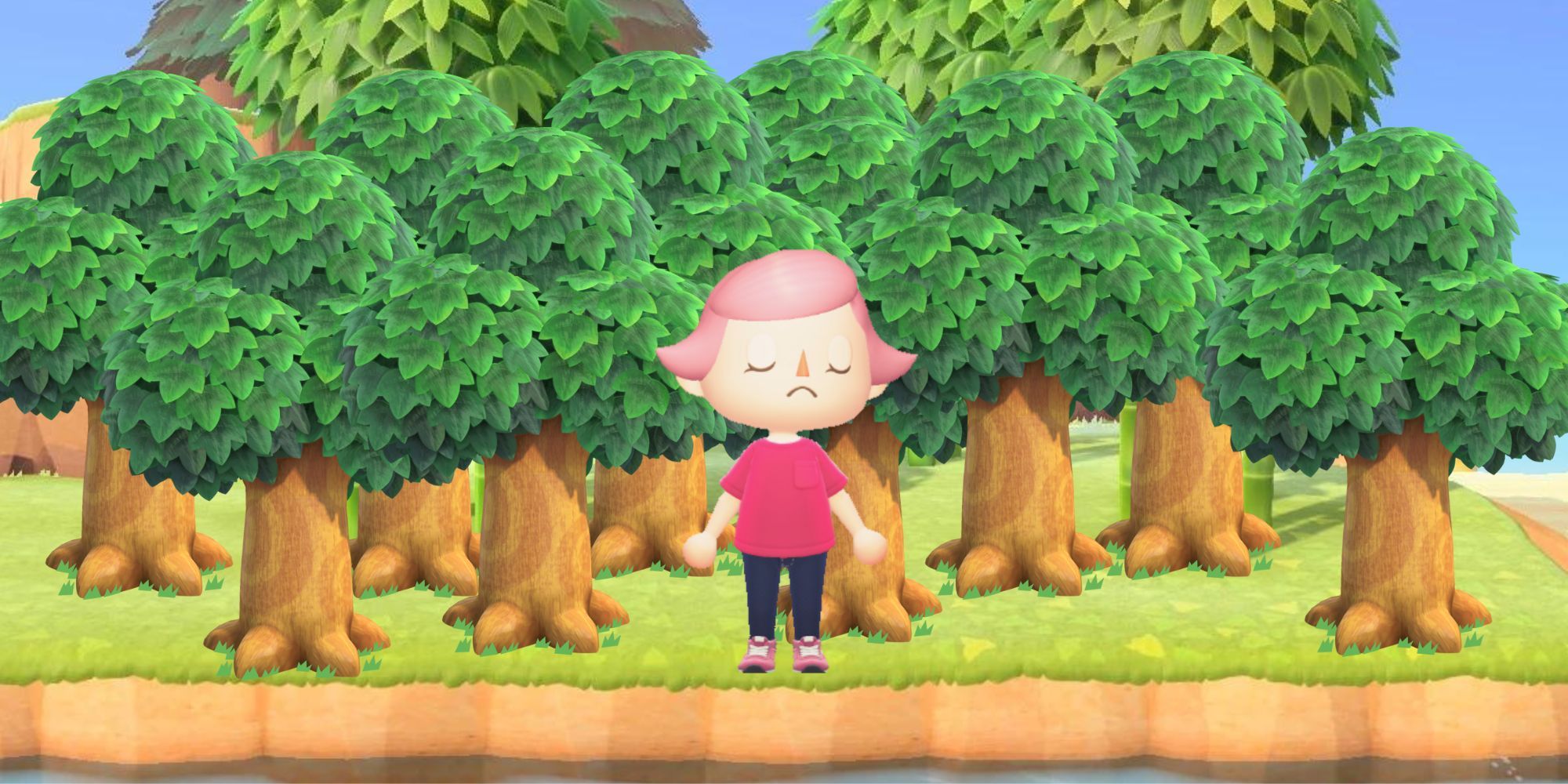
Related
Animal Crossing Players Still Have One Big Problem With The Island Rating System
Animal Crossing: New Horizons players have executed some beautiful island designs, but even some of the best don’t get that elusive five-star rating.
4 Covering All Rivers & Lakes
Missing Out On Unique Fish And Materials During Terraforming
When terraforming in Animal Crossing: New Horizons, it may seem tempting to fill in all the rivers and lakes to quickly change the shape of the island. However, doing so comes with significant disadvantages. Rivers and lakes are essential for finding certain fish and materials only available in these bodies of water. Eliminating them might result in missing out on valuable resources and unique fish necessary for completing the museum collection and achieving specific goals in the game.
Additionally, water features enhance aesthetic appeal and contribute to the island’s natural charm. Without rivers and lakes, the island might feel less dynamic and engaging. Strategically incorporating water features can balance the design vision and gameplay needs, enhancing the island’s layout while maintaining access to diverse aquatic life and materials that enrich the Animal Crossing experience.
3 Poor Placement Of Bridges, Ramps, & Stairs
Costly Investments That Can Waste Time & Money
In Animal Crossing: New Horizons, building bridges, ramps, and stairs requires a significant investment of both time and in-game currency. These features are essential for enhancing island accessibility and improving the overall layout. However, placing them incorrectly can lead to wasted resources and frustration, as relocating or removing them involves additional costs and effort.
Given their expense and the time needed for construction, it’s crucial to carefully consider their placement before making any commitments. A meticulous plan can prevent unnecessary expenditure and ensure that the island remains functional and visually appealing. Take the time to strategically map out the island’s design and experiment with different placements to avoid costly mistakes and maximize the returns on investments.
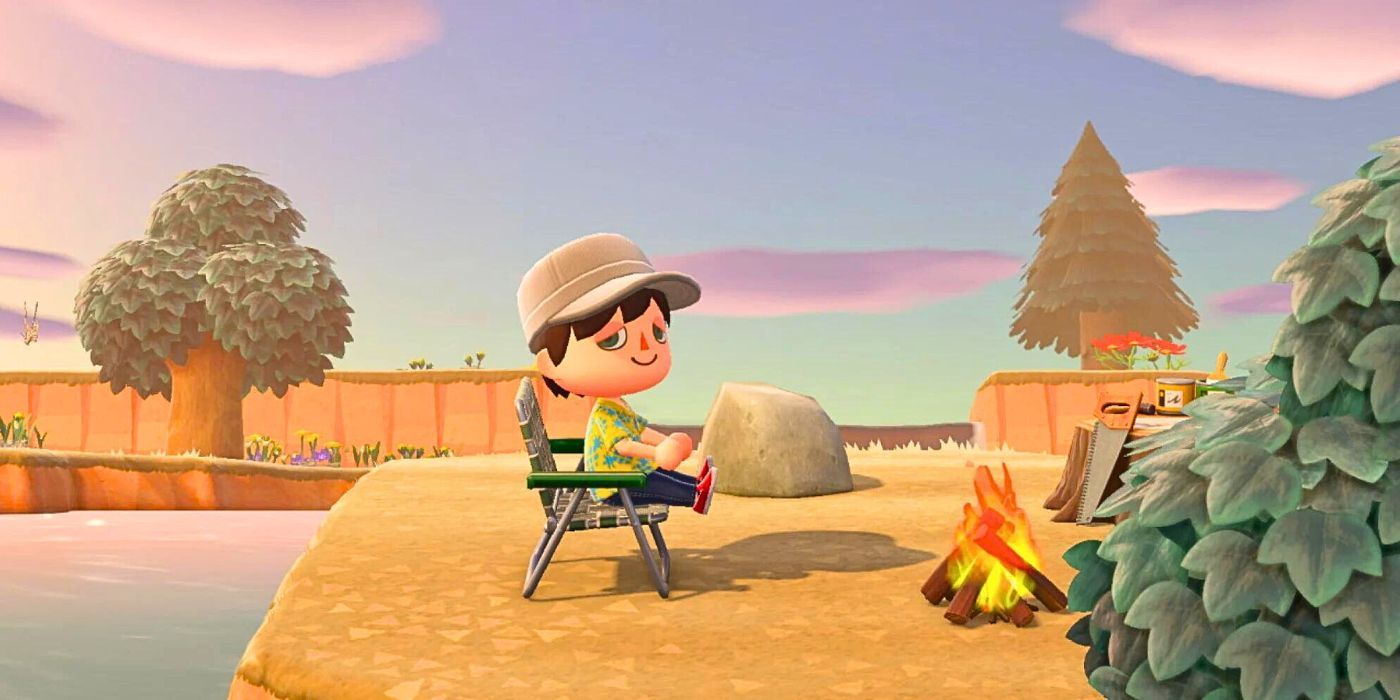
Related
You’ve Been Terraforming In Animal Crossing Wrong, But This Tip Is Here To Help
Animal Crossing: New Horizons players who want to speed up the process of terraforming their island should use this simple but efficient tip.
2 Letting The Turnips Get Spoiled
Losing Potential Profits & Wasting Valuable Resources
Turnips are essential to the Stalk Market in Animal Crossing: New Horizons, allowing players to make significant profits by buying and selling them at favorable prices. However, turnips have a limited shelf life; if they are not sold within a week, they will spoil and become worthless. Allowing turnips to go bad results in lost potential profits and wasted money.
To avoid this pitfall, it’s crucial to monitor the prices offered by Timmy and Tommy in Nook’s Cranny and strategically plan sales. Check turnip prices twice daily and use online tools or communities to find better prices on other players’ islands. By staying proactive and well-informed, profits can be maximized, and the frustration of seeing turnips and potential earnings go to waste can be avoided.
1 Not Saving Enough Nook Miles
Missing Out On Exclusive Items & Neighbor Opportunities
In Animal Crossing: New Horizons, Nook Miles are a valuable currency that unlock many benefits and exclusive items. Failing to save enough Nook Miles means missing out on the opportunity to purchase unique items available over time at the Nook Stop terminal. These objects can enhance the appearance and functionality of the island, making the gameplay experience richer and more enjoyable.
Nook Miles can also be used to purchase Nook Miles Tickets, which allow visits to mystery islands. These trips are crucial for finding new villagers to invite and gathering rare resources. Without a supply of Nook Miles, the chance to trade tickets with other players is missed, limiting the ability to customize the villager lineup and access various items. To make the most of the Animal Crossing: New Horizons experience, consistently saving and managing Nook Miles is essential to ensure enough currency is available to seize these opportunities as they arise.



